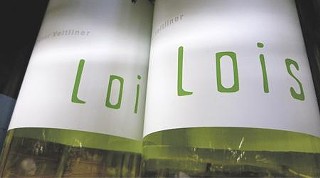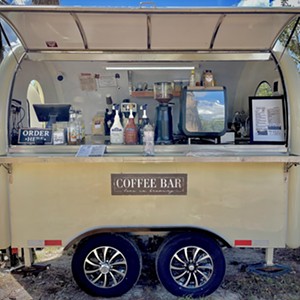Before we move too far down this road, sampling our way through wine, spirits and beer, I want to address a term that you'll find used frequently among wine lovers.
The word: terroir.
Terroir (ter-wah) is the unique combination of soil type, rainfall and sunlight – as well as other elements like weather and elevation – that creates a vineyard's environment. That environment makes all the difference between a good wine and a mediocre wine, between grapes with interesting character and those good for nothing but grandma's grape jelly.
It's that variety that makes tasting and exploring wines so compelling. Good winemakers will tell you the work is done in the vineyards, meaning that the proper terroir has been identified that lets the wine evolve from the process – without much interference from human intervention.
Have you ever tasted a wine that immediately hit you with a taste of wet stone? Preservationists will know the taste of which I refer – licking limestone is one way to test for its authenticity.
That taste, dubbed “minerality” in the wine trade, is a direct result of terroir. Wines with high minerality come from vineyards with lots of stone in the soil, or are predominately loess, silty soil deposits that are often high in calcerous components.
You'll find minerality in both red and white wines, but in whites wines like Riesling, Pinot Grigio or, one of my favorite grapes, Gruner Veltiner, I love the way the taste of organic minerality marries with tart fruit and bright acidic features.
Legendary importer Terry Theise shows minerality in one of his wines, Glatzer Gruner Veltliner 2007.
Glatzer Gruner Veltliner is rich and pops with great minerality – a result of its rocky vineyard planted atop a prehistoric stony riverbed in Carnuntum, Austria, close to the border with Hungary,
Minerality is only part of the story. Fat aromatics of baked pears, slate, almonds and figs paves the way for gripping acidity in the finish.
I recently sampled Loimer 2007 LOIS Gruner Veltliner, or GV as it's often short-handed.
Again, the wine is 100 percent GV grapes, aged in stainless steel tanks and is a striking example of pulling minerality from the terroir.
The grapes are handpicked and held in small crates – going directly from the vineyard near the Austrian town of Langenlois (The Kamptal region's largest wine town) to pressing facilities. The extremely dry white wine shows aromas of fresh apples and black currants, along with a mineral spiciness that lead to a palate of green apple, ripe grapefruit and lime characteristics of the varietal.
Minerality is not limited to white wines or even Austrian terroir. It's a common component of many wines, ranging across the world's great vineyards in France, Italy, California, Australia and the beautiful foothills of Mendoza, Argentina. Terroir – and minerality – play a critical role in the success of the handful of fairly infant wineries situated on Georgia's Dahlonega Plateau.
Ask your wine merchant to identify wines with obvious minerality to help you initially identify the taste. Then explore on your own, sampling various wines and seeking our characteristics like minerality, acidity, oakiness or the other taste markers that help not only identify wines – but are the foundation of building your own range of personal preferences.
Until next week, cheers,


























